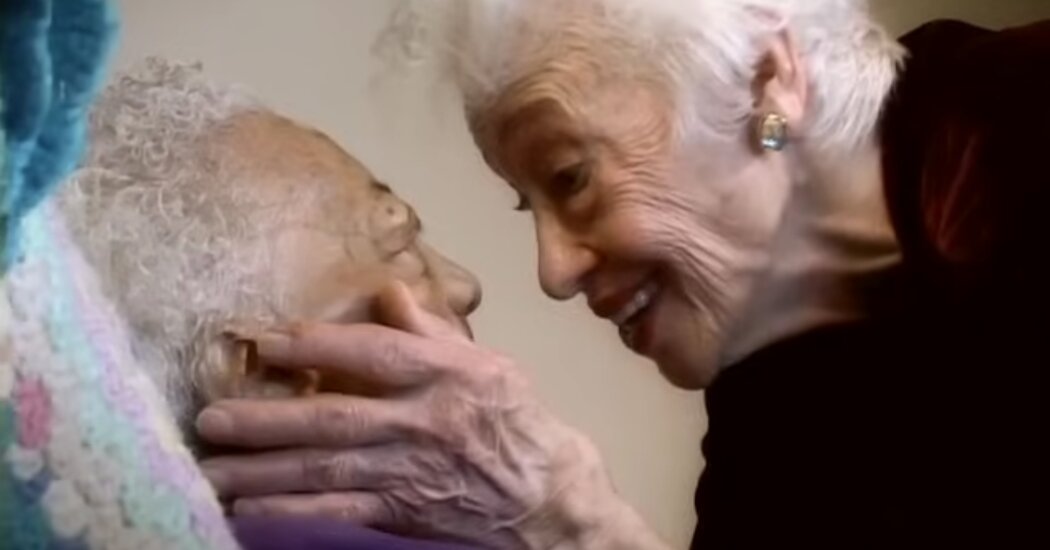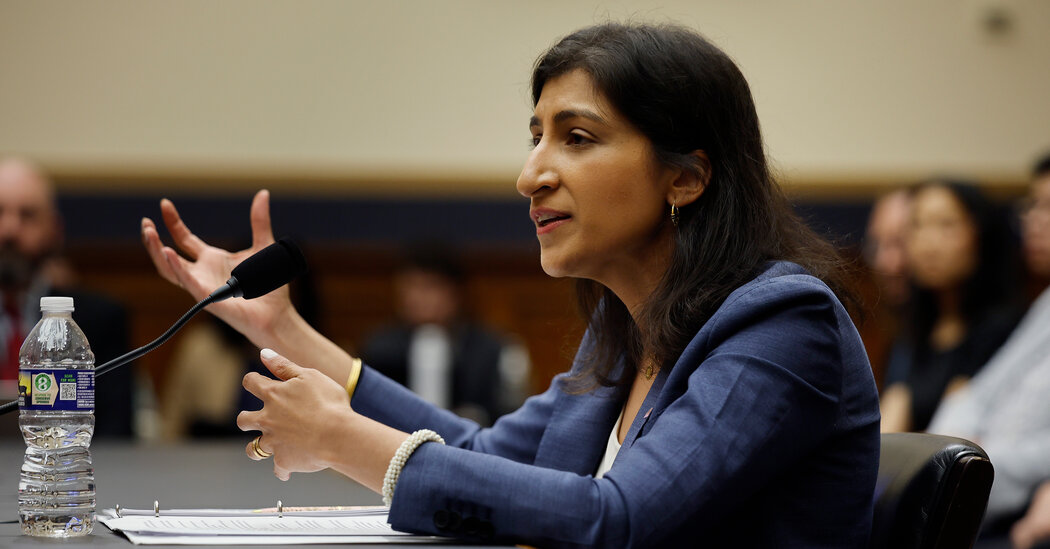Mary Bartlett Bunge, who with her husband, Richard, studied how the body responds to spinal cord injuries and continued their work after his death in 1996, ultimately discovering a promising treatment to restore movement to millions of paralyzed patients, died on Feb. 17, at her home in Coral Gables, Fla. She was 92.
The Miami Project to Cure Paralysis, a nonprofit research organization with which Dr. Bunge (pronounced BUN-ghee) was affiliated, announced the death.
“She definitely was the top woman in neuroscience, not just in the United States but in the world,” Dr. Barth Green, a co-founder and dean at the Miami Project, said in a phone interview.
Dr. Bunge’s focus for much of her career was on myelin, a mix of proteins and fatty acids that coats nerve fibers, protecting them and boosting the speed at which they conduct signals.
Early in her career, she and her husband, who she met as a graduate student at the University of Wisconsin in the 1950s, used new electron microscopes to describe the way that myelin developed around nerve fibers, and how, after because of injury or illness, it receded, in a process called demyelination.
Treating spinal-cord injuries is one of the most frustrating corners of medical research. Thousands of people are left partially or fully paralyzed after automobile accidents, falls, sports injuries and gun violence each year. Unlike other parts of the body, the spinal cord is stubbornly difficult to rehabilitate.
Through their research, the Bunges concluded that demyelination was one reason spinal-cord injuries have been so difficult for the body to repair — an insight that in turn opened doors to the possibility of reversing it through treatments.
The couple worked closely together and always at the same institution. They both earned degrees from Wisconsin in 1960 — she received a Ph.D. in zoology and cytology, he received an M.D. They went on to postdoctoral work at Columbia University and professorships at Washington University in St. Louis before joining the Miami Project, which is affiliated with the University of Miami.
Through the decades, the couple determined that myelin could be encouraged to regrow if the affected area was coated in transplanted Schwann cells, which typically surround axons in the nervous system and specialize in producing the proteins. They found promising potential in experiments that placed transplanted human Schwann cells in rats.
“It was an intense and exciting time, arriving home between 1:00 and 2:00 AM and then rising a few hours later to resume our work,” she wrote in a personal sketch for the fourth volume of “The History of Neuroscience in Autobiography” (2004). “The electron microscopic images were not only revelatory, but also satisfied my artistic bent as anticipated; I loved creating the most handsome micrographs possible.”
The two split their work — Mary focused on the basic research, Richard on its possible applications. After his death, Mary continued to work on the implications of their work for spinal-cord therapy.
Dr. Mary Bunge realized that simply transplanting Schwann cells was not enough; drugs and other interventions were needed to promote regeneration. In 2003, she and her research team announced that after using a combination of medications and transplanted cells, rats achieved 70 percent of their previous mobility after just 12 weeks.
Mary Elizabeth Bartlett was born on April 3, 1931, in New Haven, Conn. Her parents, George and Margaret (Reynolds) Bartlett, renovated houses. Her mother was also a painter and a descendant of the British portraitist Joshua Reynolds — a heritage that Mary took to heart early on, convinced that she would grow up to be an artist herself.
Her summers spent exploring the woods and streams of rural Connecticut convinced her to pursue a career in science instead. She attended Simmons College in Boston, where she studied to be a laboratory technician and graduated with a degree in biology in 1953.
She proved to be a phenomenal student, and in her senior year, she received an offer to join a research laboratory as a doctoral student at the University of Wisconsin’s medical school.
She met Richard Bunge early in her graduate career, and the two soon found themselves both professional and romantic partners. They married in 1956.
Dr. Bunge is survived by her sons, Jonathan and Peter, and a grandson.
The Bunges moved to Miami in 1989 at the invitation of the Miami Project, founded by Dr. Green, a neurosurgeon, and Nick Buoniconti, a Hall of Fame linebacker whose son was paralyzed in a college-football game.
Richard Bunge was named the project’s science director, and both he and his wife received professorships at the University of Miami.
Her work in cellular transplantation revolutionized the field of spinal-cord treatment, said Dr. Barth.
“She started the ball rolling, and now everyone all over the world is into cell transplants,” Dr. Barth said, adding that Dr. Bunge continued to be active in research and at conferences until her retirement in 2018, at age 86. “There’s no doubt people stopped breathing when she entered a room because they were so much in awe of what she was capable of.”







